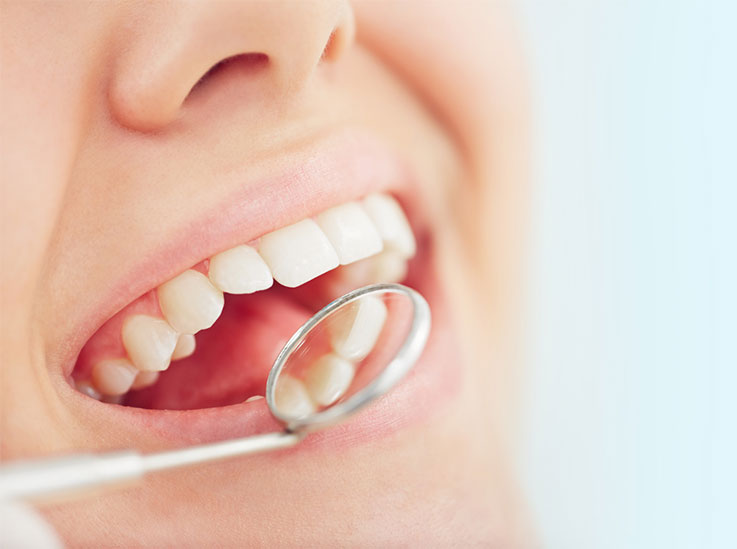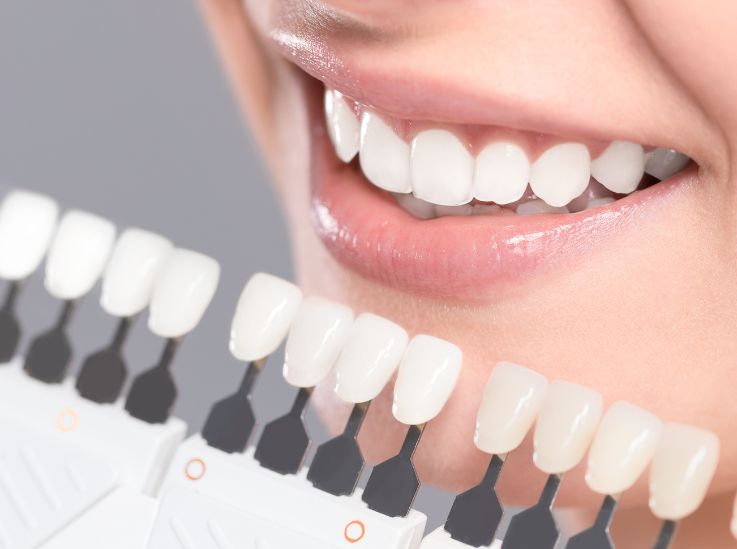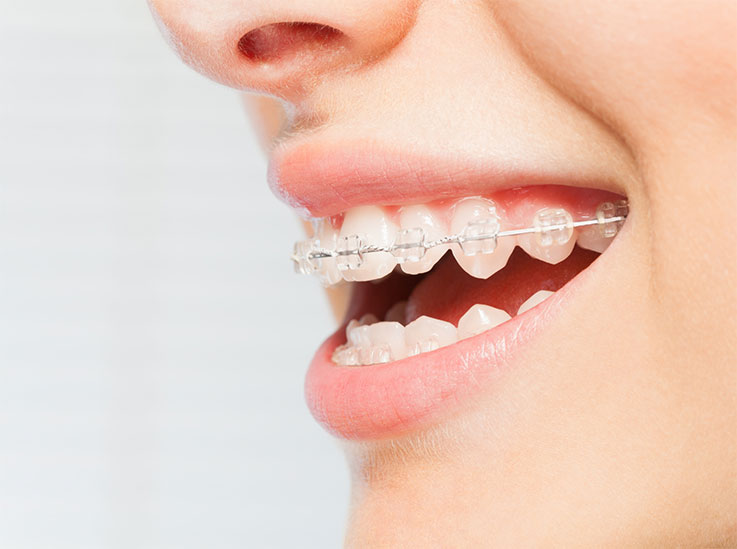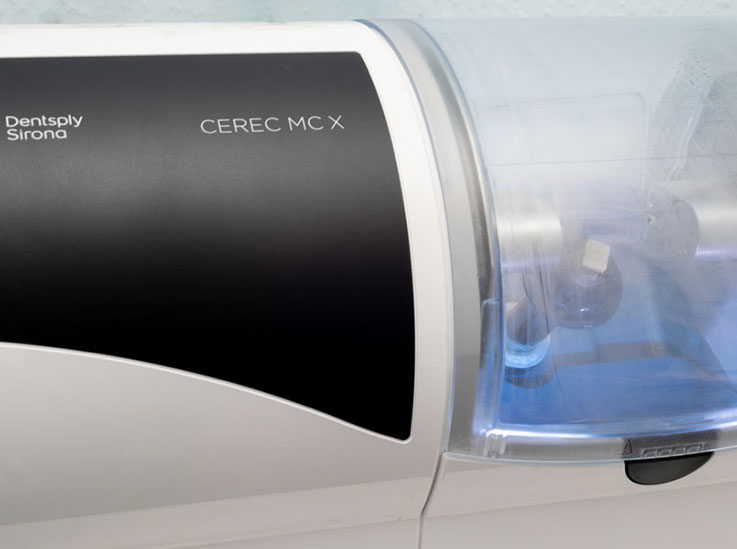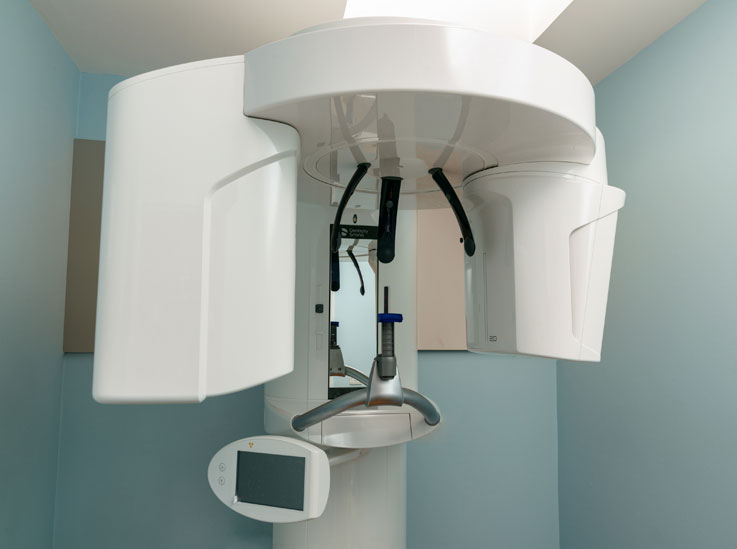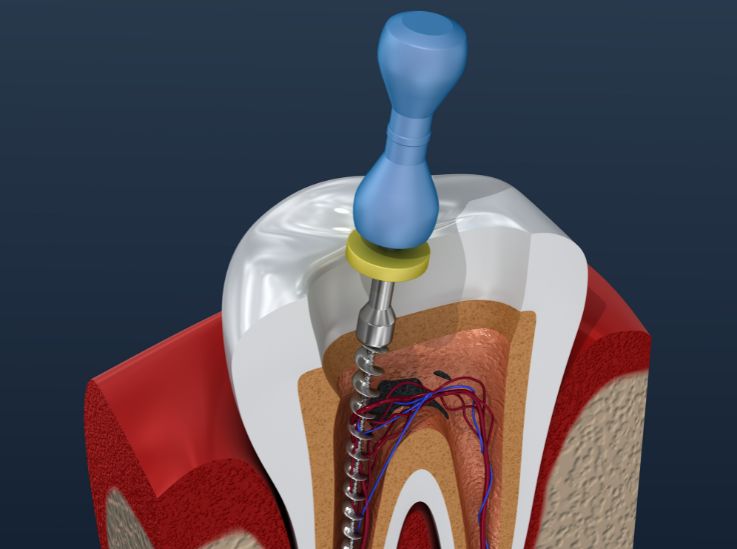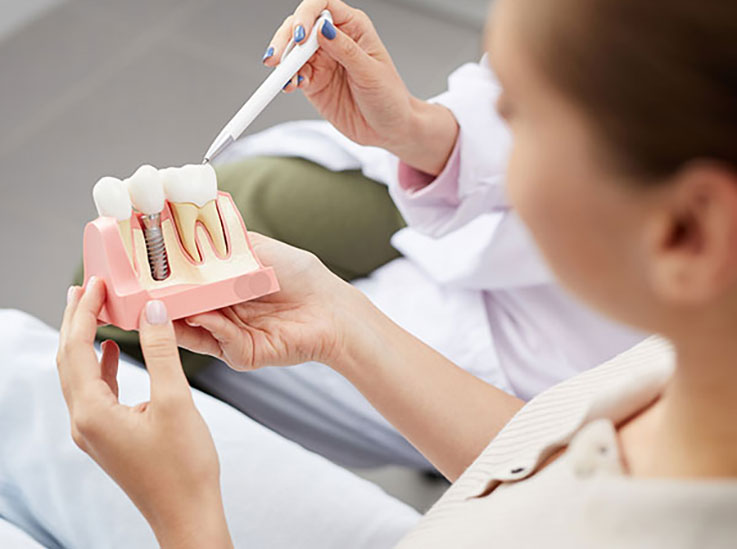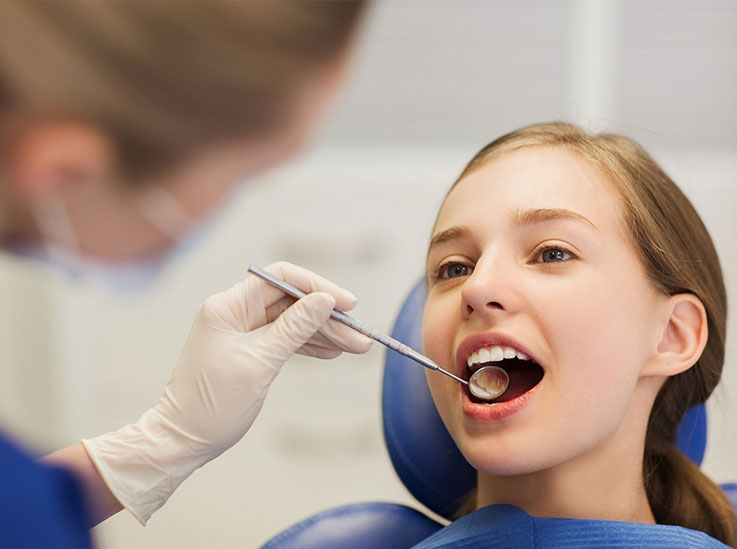With dental implants becoming an increasingly used solution to missing teeth we are able to offer a full implant service with placement and restoration of dental implants at the practice. If you are interested, please contact the surgery to book a consultation to see if you are a suitable candidate.
